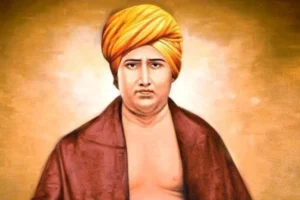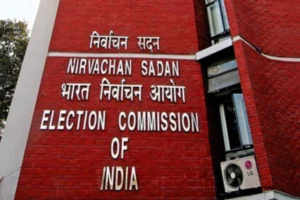
In Tinsukia, Assam, a controversy erupted when Mahatma statue was removed in Doomdooma town to make way for a clock tower. Amidst strong protests, including from Mahatma Gandhi’s great-grandson Tushar Gandhi on social media, the district administration faced backlash.
Tagging a newspaper clipping, Tushar Gandhi in his post on the X said: “Not surprising that the BJP government in Assam decided to replace Bapu’s statue with a clock tower. Their slavish colonial hangover persists.”
“The BJP never paid due respect to Gandhiji. Instead, it always gave respect to Nathuram Godse,” the Congress leader had said.
Originally installed in 1958 at Gandhi Chowk, the statue’s removal sparked outrage from Congress leaders like Durga Bhumij, who led protests at the site. Responding to the uproar, BJP MLA Rupesh Gowala assured the installation of a new, taller statue within six months, alongside beautification efforts.
“Since 1958, the statue had undergone a lot of wear and tear and damage. However, it appears that no scheme was undertaken for its restoration or replacement. Owing to this, a plan was undertaken to replace the existing 5 feet 8-inch Mahatma Gandhi statue with a new 7 feet tall statue under the scheme Installation of a new Mahatma Gandhi statue at Gandhi Chowk, Doomdooma’ under the 15th Finance Commission Grant of Doomdooma Municipal Board,” the official told the media.
“At a time when Gandhiji’s statue was set up in as many as 80 countries around the world, the Board is going to build a clock tower by removing the statue of the Father of the Nation,” the Congress leader had told the media.
The decision followed discussions at a public meeting on February 15, where locals had reportedly agreed to the makeover project. The construction site was cleared on July 3, and the statue was lifted on July 5 to avoid damage during the project.
The controversy underscores tensions between the preservation of historical symbols and urban development projects in the region.
To read more such news, download Bharat Express news apps




















